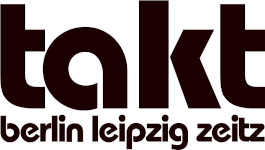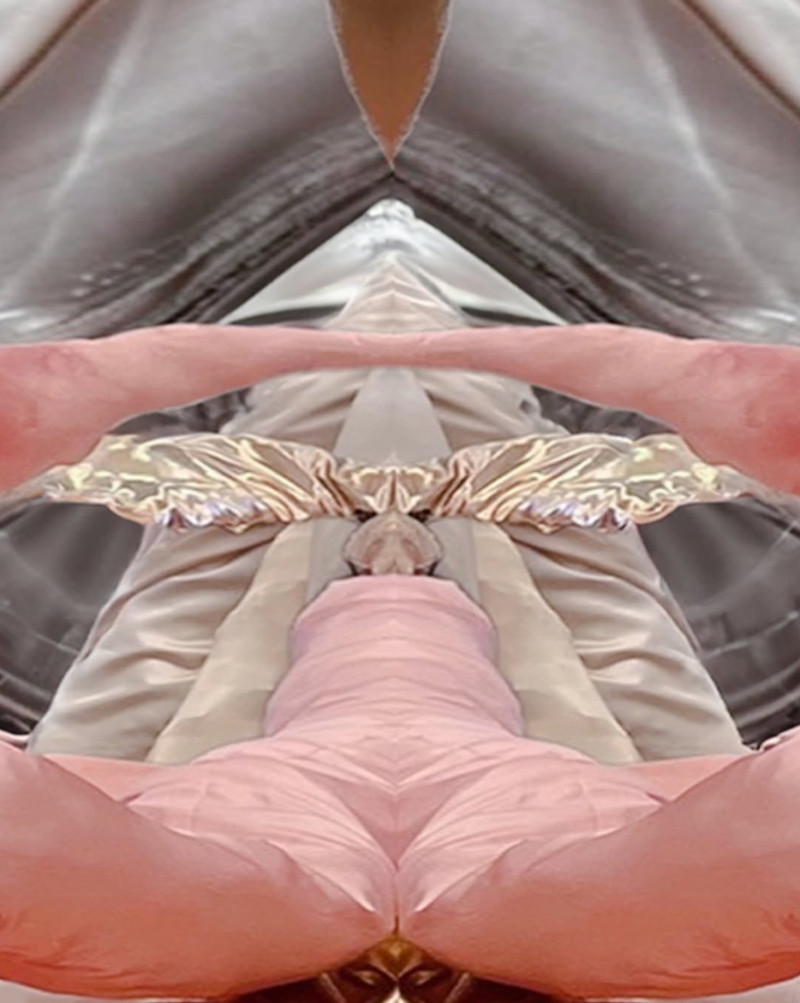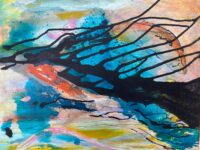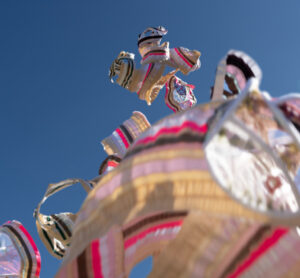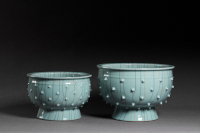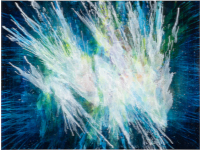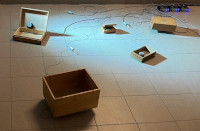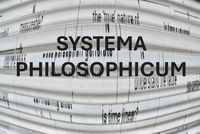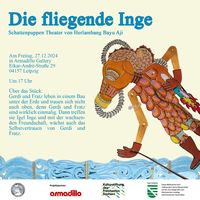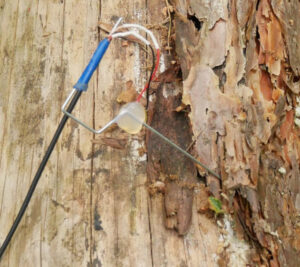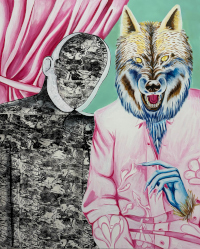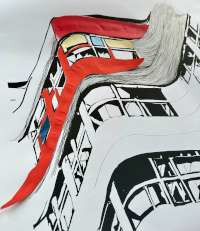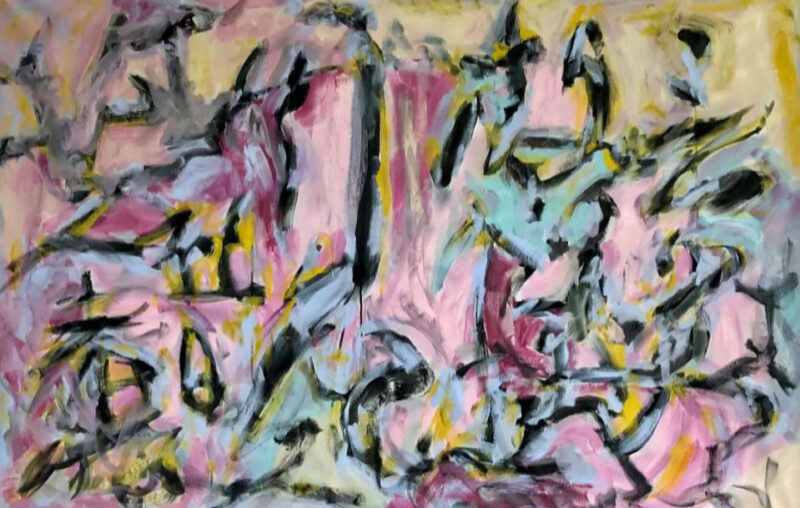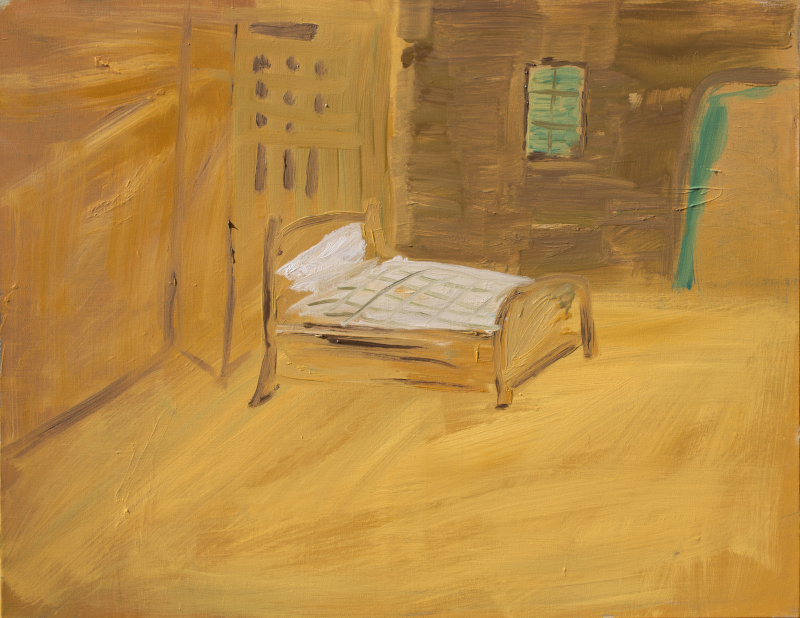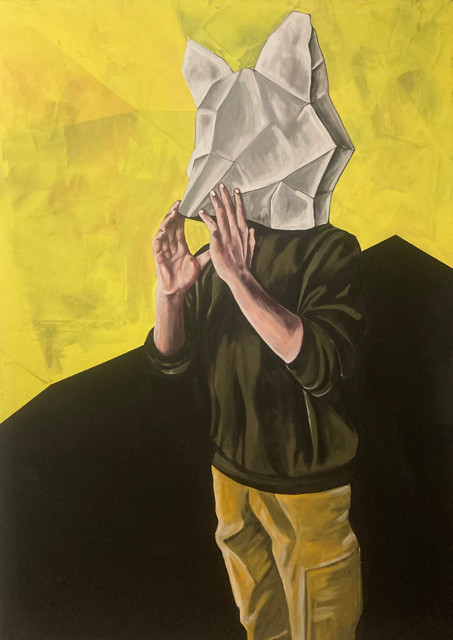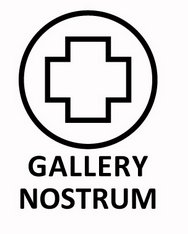Five reflections on my Artist In Residence experience with TAKT Berlin
I am an Australian author, published with Penguin Random House, and currently working on
a novel, a family saga set between The Netherlands, Australia and Indonesia. I found the
TAKT residency program through the Res Artis portal and was immediately drawn to its
ethos of multi-disciplinary and self-directed work. My objective in applying for the residency
was to find time and space to work, and to be away from my mother tongue, free to
research, edit and write without the distractions of everyday life.
My residency took place at TAKT Berlin, in Prenzlauerberg, January-March 2025.
1. Winter in Berlin offers unique challenges, and gifts.
As an Australian, I underestimated the effects of consistent cold, dreary weather on the
psyche. Arriving in Berlin on the 24 th of January was a sobering experience. I had been told
about the bitter cold, warned that the days were short and the nights were quiet but it
wasn’t until I experienced it that I properly understood.
In these dark months, I felt that Berlin as a city gritted its teeth a little, faced its nose
into the biting wind, and waited for the first crocuses of Spring to herald the good times
ahead. After the initial adjustment I found the peace and stillness was an ideal time to focus,
and channel my energy toward my work.
2. TAKT offers time, space, and mentorship upon request.
The Artist In Residence program at TAKT Berlin offered a comfortable and welcoming
workplace, and precious time to dedicate myself to the novel I am currently writing.
TAKT also had connections to artists and mentors who could be engaged in a separate
and additional capacity through the TAKT program directors if the artist in residence so
desired. Ultimately I opted not to seek out structured mentorship during my residency but it
reinforced my impression that the TAKT program can be tailored to the working needs of
the individual artist.
3. The essence of this residency is self-directed work.
Though I had wonderful and regular informal catch-ups with the TAKT directors, there were
no structured check-ins, weekly reading sessions, or group critique of my work. Rather than
these external motivators (which absolutely have their value) it’s my belief that the TAKT
residency will best suit artists who aren’t looking for externally provided checkpoints,
deadlines and motivators.
The freedom to shape the residency, without a focus on pre-determined outcomes
meant that my work and practice developed organically. The playfulness and risk taking that
was borne from structuring my own time turned out to be an invaluable gift. As a result I
was able to develop the novel in ways I could not have foreseen.
4. The residency isn’t geared toward socialising, group work or meant to be an
introduction into the Berlin art world.
Thanks to the communication between myself and TAKT prior to the residency I understood
that the TAKT AIR program was not geared toward socialising and that there weren’t artist
group sessions or meetings.
That said, it wasn’t a completely isolated experience and I was grateful for the
regular informal catch ups with the program director and we even managed to jog in the
depths of Winter – an activity that became safer as the sunshine increased and the black ice
retreated.
I was also fortunate to visit the studio of another TAKT-affiliated artist Bayu Aji and
to meet April Widdup, another Australia artist working with TAKT at their Leipzig studio.
Residing in Berlin allowed me to get to several fascinating exhibitions (Rineke Dijkstra and
Käthe Kruse, among others) at the Berlinerische Galerie, and to the launch of Udo Koloska’s
show at TAKT Tapir Berlin.
These activities provided very welcome moments of intersection with other artists
and their work, without feeling onerous. As with the prior reflection, the key idea I came
away with is that the TAKT experience is shaped and driven by the artist themself, with all
the inherent freedom and responsibility that entails.
5. TAKT believes in the value of art, and artists.
My lasting impression of the TAKT AIR program is that I was free to set the pace and level of
engagement with the organisation itself, and that I had absolute freedom to work as and
how I wanted.
TAKT themselves were responsive communicators and we were able to discuss what
options and support would be helpful for me (renting a bicycle from TAKT offered great
freedom, for example and was a lot more cost-effective than bikeshare services).
The ethos that came through in all my interactions with TAKT was that the
organisation respects and values art and artists. That means the time of mentors is
respected and paid for, and that the Artist In Residence in turn has their own time and
output respected.
One of the first things that attracted me to the TAKT residency was the open call for
all ages and mediums, and that it was open to international artists like myself. Having now
spent several months engaging with TAKT and working in their studio space I can say with
confidence that it is a wonderful environment in which a self-motivated and disciplined
artist can develop their work and practice further.
Daniel Findlay, Sydney, March 2025
